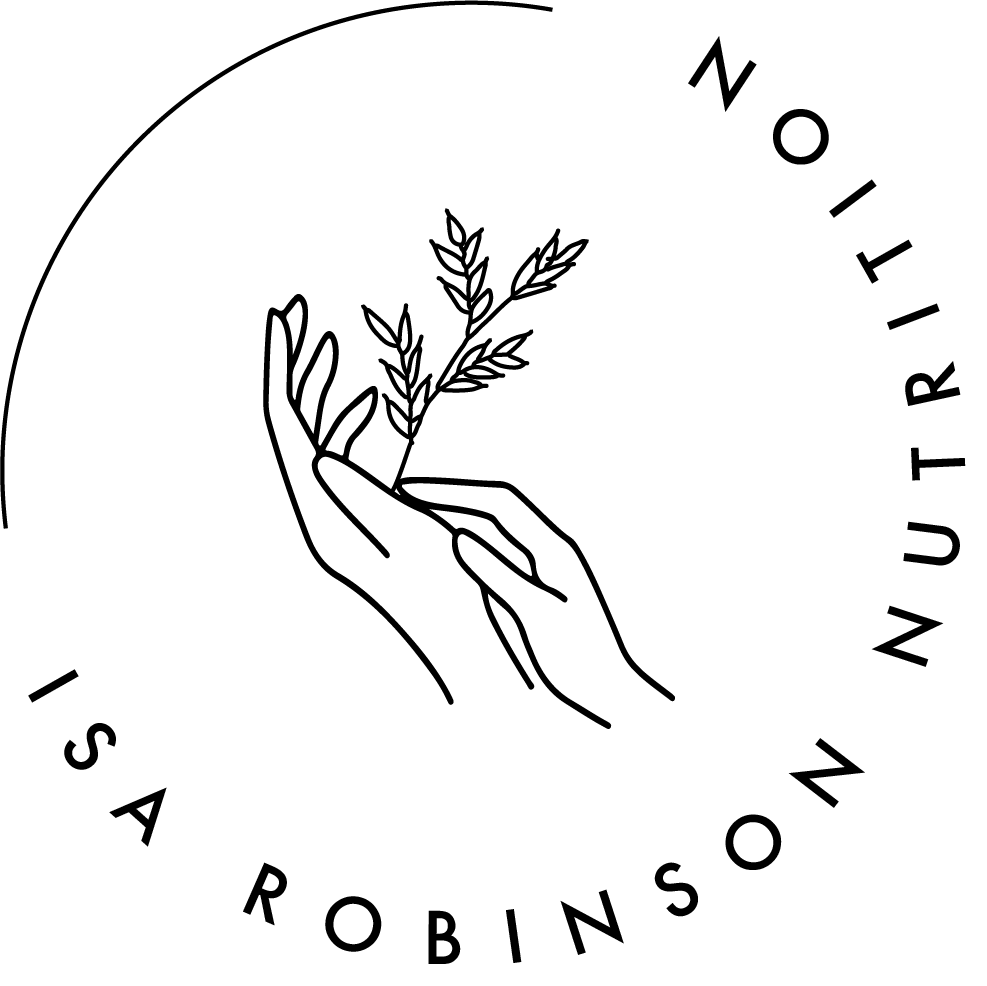Bigorexia
Muscle dysmorphia or “bigorexia” is a disorder characterised by a pathological obsession with body fat reduction, muscle tone and a lean physique.
Like more commonly recognised eating disorders, it can result in anxiety, distress, impaired social and cognitive function, abuse of steroids, over exercise and restrictive eating tendencies.
It seems that mass media hasn’t just exacerbated the ideals of female beauty, but also the male ideal. Men less frequently appear in the literature surrounding body dissatisfaction and eating disorders, however there is a desperate need to move on from the idea men are immune to body image pressures.
Whilst women have long endured shifting beauty standards and resulting diets, regimens and pain from whalebone corsets to waist trainers, men have appeared unaffected.
Yet increasing evidence shows a greater preoccupation with body image amongst men and the NHS has seen a 70% increase in men being admitted to hospital with eating disorders in the last 6 years.
So why muscle dysmorphia?
The latest trend to hit for both men and women has been #strongnotskinny. What started out as a potentially harmless phrase, has resulted in over-exercise, punishing workouts, steroid abuse and dangerous diets.
Whilst for women there’s a focus on the lower body, men must focus the attention of their upper bodies, building a ripped torso and vein-popping biceps.
Even Obama, who bears very little resemblance to the Incredible Hulk was featured on the cover of Washingtonian magazine in 2009 all lean, bare-chested and muscular alongside the headline, “Our New Neighbour Is Hot”. It’s no wonder this ripped ideal has resulted in the latest branch of metal disorders, muscle dysmorphia.
Arguably, the scariest thing about this disorder, like others, is that we live in a society which values the outcome – a strong, toned, leaned physique and mastery of willpower when it comes to hitting the gym and eating “healthily”. Moreover, just like the other eating disorders, it’s easy for the sufferer to mask their symptoms and they are often praised for their changing bodies.
Muscle dysmorphia, again like other eating disorders, can start with good intentions. A new gym memberships, a vow to eat a little more healthily. So the question is, when do these seemingly benign beginnings end up developing into something more sinister.
In a recent Ted X talk in Sydney, Scott Griffiths a National Health and Medical Research Council Fellow at The University of Melbourne said:
“As society places increasing value on the aspects of physical appearance that can be modified through diet and exercise, whether it’s body fat or muscle or some new combination thereof, we create the environment in which eating disorders can flourish.”
From anorexia, to orthorexia to muscle dysmorphia, we’re seeing pathological manifestations arise when the quest for the ideal gets out of control.
Bringing it back to muscle dysmorphia, we can conclude that #fitspo and #strongnotskinny have become more loaded terms with genuine consequences.
Furthermore, it’s no secret that the fitness industry is BIG business. Yet, whilst gym memberships have soared in recent years, the amount of adults participating in team sports or clubs is comparatively low. Are we sacrificing team spirit and social exercise to achieve the lean physiques sold to us through the mass media? Moreover, there are clear moral questions to be asked in viewing the body as a profit-generating commodity.
Until we address this obsession with the idealised body, we can expect to see eating disorders flourish, although where we intervene remains in question. Regardless, we should get angry with diet culture which continues to make us feel insecure in ourselves and constantly in need of change and transformation.
To finish, if you’re a gym bunny, I’m not suggesting that your lifestyle is wrong. However, when the gym becomes compulsive or there are feelings of anxiety or shame bound up in missing a work out, it might be time to seek some more support.
Lastly, it’s a real shame we’ve got to this point because whilst #fitspo clearly isn’t doing much for our mental health, there is much research that confirms the positive effects of sport in helping with anxiety, stress, depression and helping individuals overcome past traumas. No one is anti exercise, but we need to move in a way that feels good for us and is enjoyable, not exhaust ourselves in the quest to look a certain way.
References
Baird, A. L., & Grieve, F. G. (2006). Exposure to male models in advertisements leads to a decrease in men’s body satisfaction. North American Journal of Psychology, 8, pp.115–122.
Baram, M. (2009) Shirtless Obama makes Washingtonian cover. Huffington Post. Retrieved May 11, 2009, from http://www.huffingtonpost.com.
Choate, L. H. (2005). Toward a theoretical model of women’s body image resilience. Journal of Counseling and Development, 83, pp. 320–330.
Dworkin, S. L., & Wachs, F. L. (2009). Body panic: Gender, health, and the selling of fitness. New York: New York University Press.
Griffiths, S., Mond, J., Murray, S. and Touyz, S. (2015). Positive beliefs about anorexia nervosa and muscle dysmorphia are associated with eating disorder symptomatology. Australian & New Zealand Journal of Psychiatry, 49(9), pp.812-820.
Griffiths, S. (2017) TEDxSydney, Muscle Dysmorphia – The Male Eating Disorder. [online] Available at: <https://www.youtube.com/watch?v=vs7nKcPsAXI> [Accessed 7 October 2017].
Pope, H., Gruber, A., Choi, P., Olivardia, R. and Phillips, K. (1997). Muscle Dysmorphia: An Underrecognized Form of Body Dysmorphic Disorder. Psychosomatics, 38(6), pp.548-557.
Readdy, T., Cardinal, B. and Watkins, P. (2017). Muscle Dysmorphia, Gender Role Stress, and Sociocultural Influences, 82(2), pp.310-319.
The Guardian. (2017) Eating disorders in men rise by 70% in NHS figures. [online] Available at: <https://www.theguardian.com/society/2017/jul/31/eating-disorders-in-men-rise-by-70-in-nhs-figures > [Accessed 7 October 2017].
